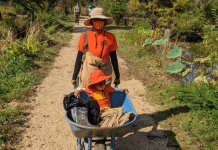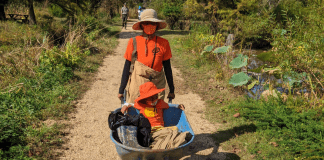As we stood on the edge of a small section of beautiful Sligo Creek, my son could be heard angrily shouting as loud as he could while throwing rocks at the water.
“I hate the corona.”
“I want to go to the playground.”
“I wish my school was open.”
“I wish movie night was every night.”
“I want cookies to be calorie-free.”
Ok, that last one was me venting my anger too. We stood there, throwing rocks for a long time. It felt great to physically release that anger in a safe way. And I bet if I felt that way, this little guy felt it 10x more than me.
After a morning of unusual behavior, crying, and “I don’t want the world to have the virus anymore,” I knew we needed time to focus on those tough, uncomfortable emotions.
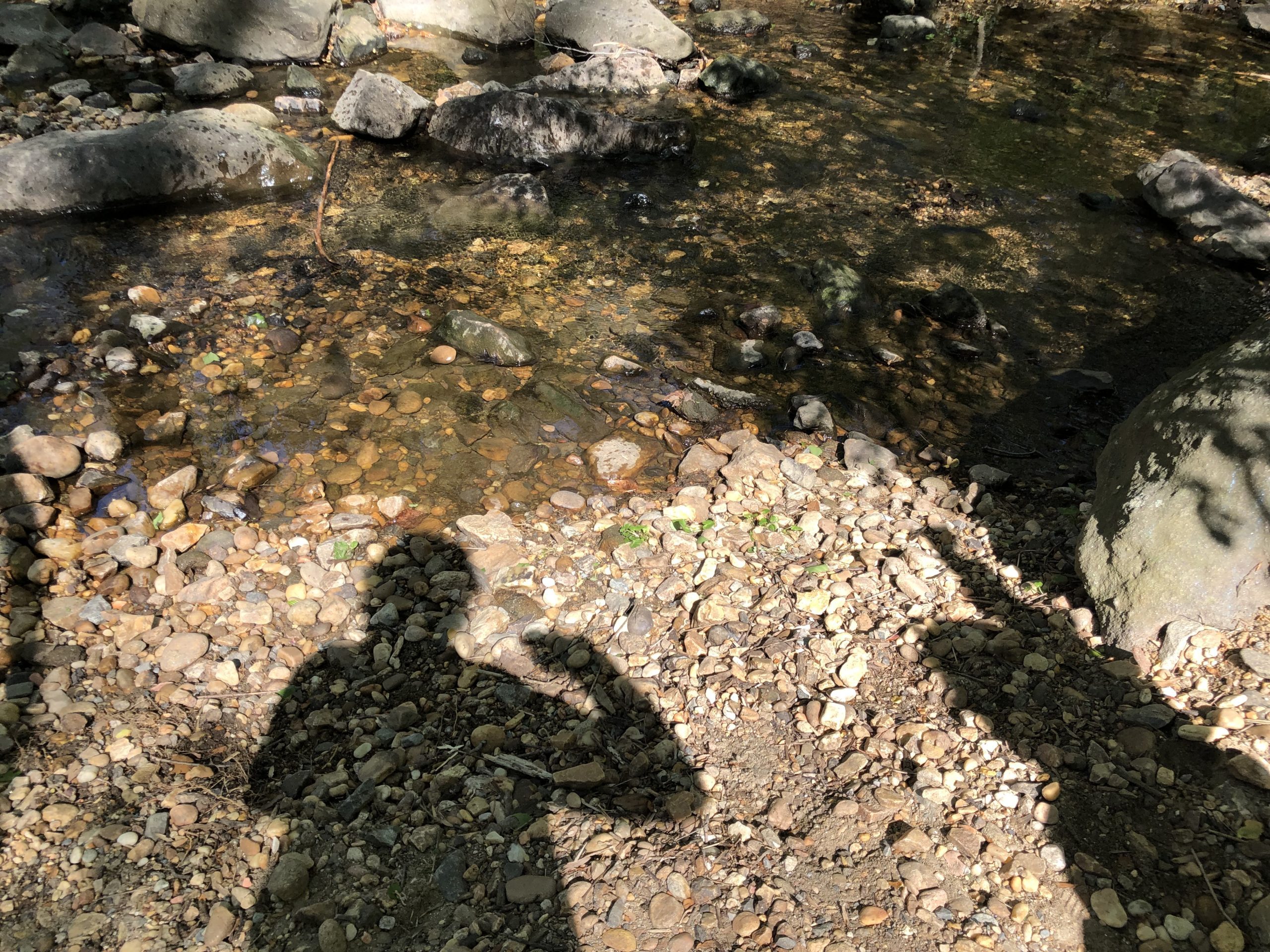
Acknowledging Feelings Shows Them The Way
It’s hard to hear your kids say they’re mad about things or they’re scared because we as parents just want to make it better.
Sometimes as parents we say, “Oh, it’s OK. Be happy.” And then we offer a distraction to try soothing over their negative emotions. But it’s more important that we don’t cover up these tough feelings, especially during this pandemic. It’s more important that we listen to them, we acknowledge what they say, we use their words when we validate their feelings, and then we help them find ways to return to a happy state again. Easier said than done.
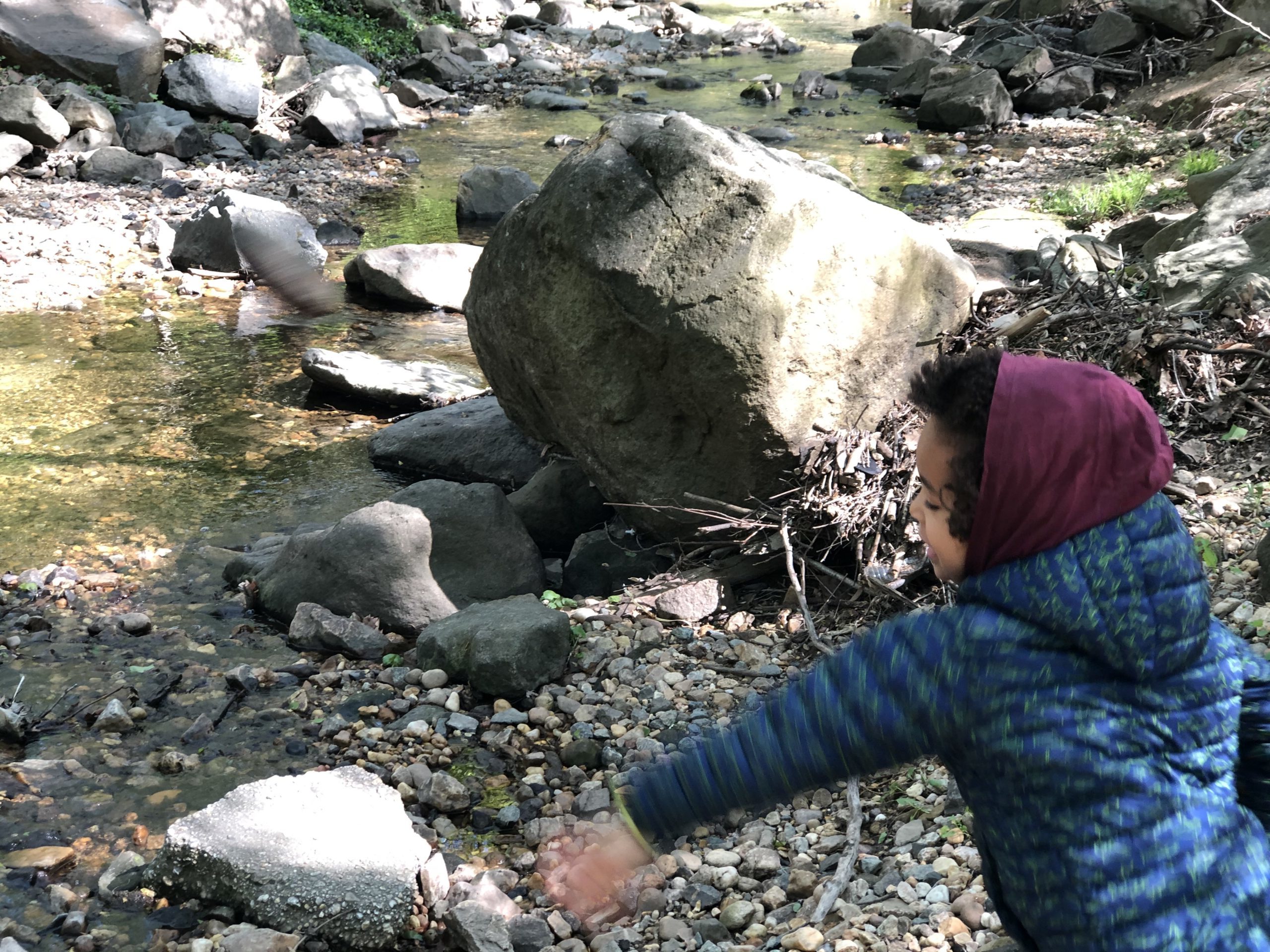
Recently my family and I watched the movie, “Inside Out” as research for part of my doctoral final. (This was my favorite paper to write this semester, for obvious reasons.) One overarching theme in the movie is as much as we want kids to be happy all the time, our bodies need an equal balance of happiness and sadness. It’s not fair for us to expect kids to be happy all of the time. Throughout the movie, we see how sadness exists in balance with happiness. Brushing over or trying to contain negative emotions to always appear happy actually has worse effects.
Helping Kids Let Out The Anger
When we acknowledge kid’s sadness, anger, or other negative emotions, we let them know it’s OK to feel this way. There is comfort in knowing that we, their trusted adults, also feel sad, angry, anxious, or powerless at times. Even very young children feel these big emotions, they just might not have ways of expressing their feelings in a way we understand.
When kids feel heard and understood, they can then work back to a state of happiness. But first, we have to get through those big, tough, negative emotions with them.
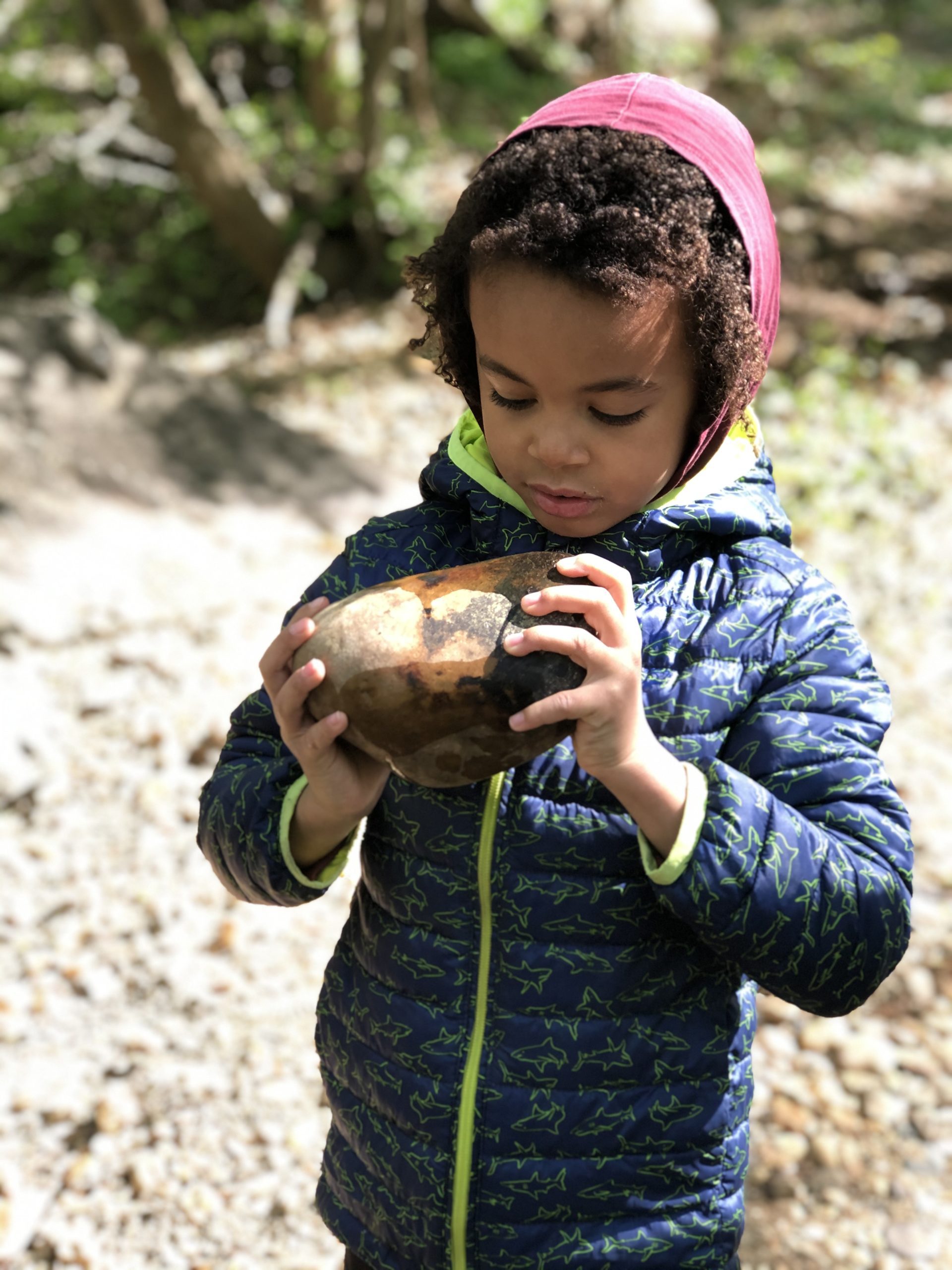
So maybe it is throwing rocks. Maybe it’s stomping in puddles, maybe it’s squishing play-doh or screaming into a pillow. Maybe it’s letting them say some unkind words that we don’t like them usually let them say. How kids find relief will depend on their age and their personality, but with your help, they will find something that helps them feel better.
We need to find these outlets for ourselves too. Just like the airlines have always said, you need to put on your own mask before assisting others. Maybe it’s running, maybe it’s gardening, or maybe it’s crying. Maybe it’s forgiving ourselves for having a third cookie (or a third sleeve of cookies…) Whatever it is, don’t try to just brush past these feelings yourself. Find ways to let it all out. If you feel uncomfortable sharing those emotions with your kids, just know that it’s important kids see you go through these motions too.
Seeing their trusted adult acknowledge our own feelings and find ways to work through our own big emotions is the best way to teach by example.

Getting Back To Happy
And after a really long time of throwing those rocks into the creek, my son was giggling and laughing again. He was back to his curious self wondering if he could pick up a massive boulder or if he could count all the leaves in the forest. He worked through his anger, frustration, anxiety, sadness, and whatever else this pandemic had caused him to feel.
Seeing him smile again let me know that he will be OK—we will be OK.


